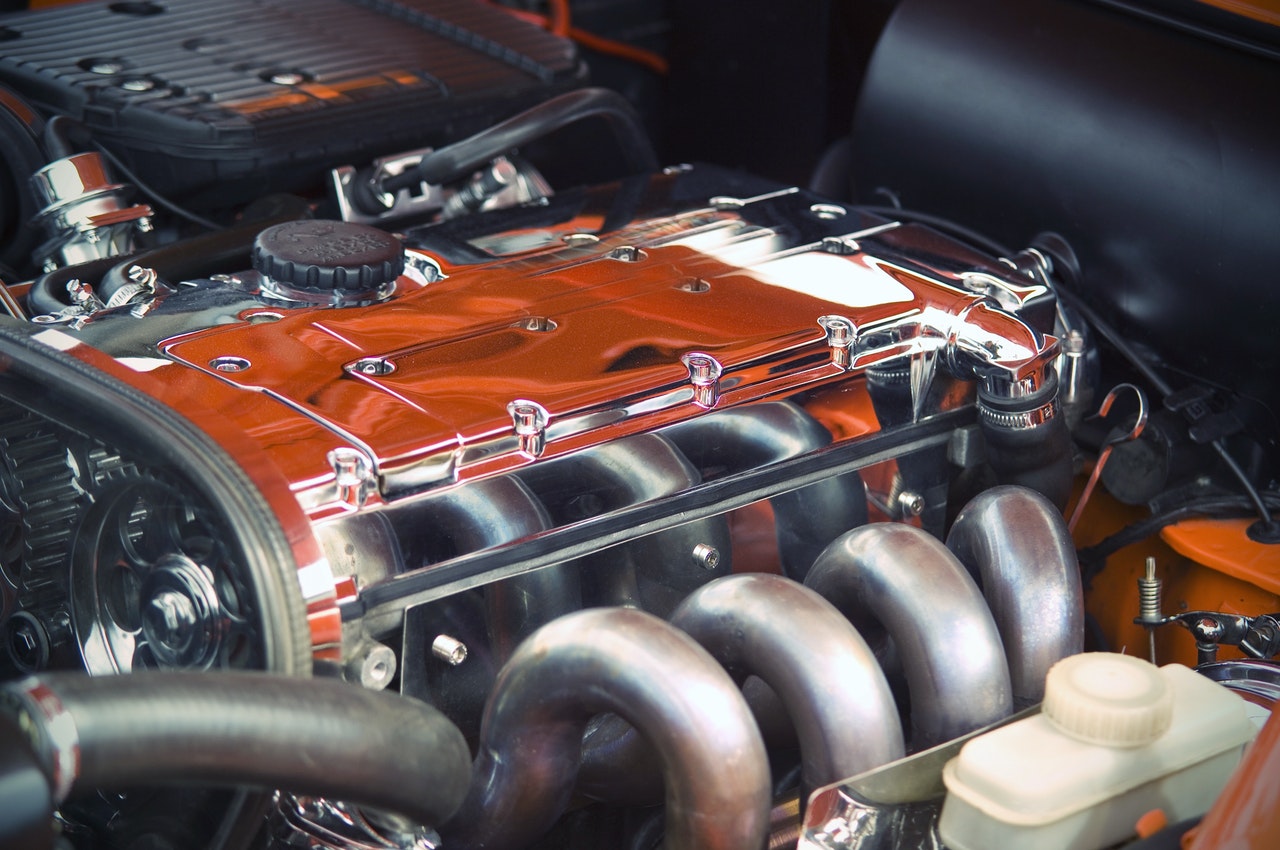Preventative maintenance (PM) is one of the main reasons that companies are turning to Internet of Things (IoT) technology. It can help optimize asset performance, decrease operating costs, and even extend the life of the physical asset. All these things add up to enormous savings and increased ROI. It’s no wonder companies are adding sensors and data collection devices throughout their systems to actualize the benefits of PM.
These sensors are creating volumes of data, and your job is to figure out how to apply it to your PM program. It sounds easy enough just start collecting the data and run machine learning on it, right? Not really. First you need to decide how much data you really need; what type of data you need; and how to process and analyze that data. All of these decisions vary, depending on a number of other factors. Here are three things to consider as you implement preventative maintenance.
Identify the data that you need
What kind of data will be useful for your preventative maintenance goals? There is a myriad of off-the-shelf sensors available to measure obvious things such as temperature, vibration, and flow, but also not-so-obvious things, including torque, chemical levels, and magnetic exposure. First you should identify the problem you are trying to solve, then select the appropriate sensors to solve it.
Instrumenting your equipment with all types of off-the-shelf sensors can give you loads of data to analyze, but more data is not necessarily better. Sometimes customized sensors with on-sensor FPGA filtering is more appropriate.
This is where someone with experience in preventative maintenance and embedded systems will be able to assist with a prototype hardware/software solution (most often including off-the-shelf components) to determine which type of sensors and data collection you should be investing in, to achieve your preventative maintenance goals.
Decide how to analyze the data
Data analytics is a complete and separate science on its own. When implementing preventative maintenance, figuring out how much and what type of analysis your data needs can be overwhelming.
The data you collect needs to include operational statistics for both good and bad performance, in order to characterize the difference between them. There are various methods of analysis that can do this involving everything from complex Machine Learning (ML) algorithms to simple classification heuristics.
There is a misconception floating around that implies you can take a machine-learning application, throw random data at it, and it will learn something useful about that data. Although Machine Learning is a powerful tool for locating difficult-to-find patterns in volumes of information, it requires ‘training’ on a curated data set of representative values. That data curation may be difficult to do. In some cases, a less complex approach would be more suitable.
Using a simple heuristical approach – e.g., looking for vibration over X, or temperature over Y, or acceleration over Z, in some situations, provides the all the data analysis necessary to solve the problem. Think about your check engine light – the driver doesn’t need to know the exact problem, he or she just needs an alert to know that a possible problem exists. This follows the advice “perfect is the enemy of good” – sometimes keeping it simple is the best solution to the problem. Again, if you’re not sure about how much analysis you need, there are companies out there that can help in making this decision.
Just do it
The business case for implementing IoT-based preventative maintenance is well-established. Several recent conferences, including the IoT Summit Chicago 2017, and the Embedded System Conference in Minneapolis, had many presentations and vendors highlighting preventative maintenance in one form or another. The information and technology are available today – there isn’t anything to wait for. Start a pilot project and measure results, then expand. Start small, but get started!

